|
Using these 6 tips, you can turn scary and unpleasant things into fun and positive experience for your fur kid!
 Kelli Desoto - Ashber Farm Hi my name is Kelli DeSoto, I breed and show Australian Shepherds and Mastiffs. I came across Life's Abundance dog food from a fellow breeder friend that was using the products, and I have been using Life Abundance for over a year. I have tried many, many different foods in the past years and with having a varity of breed types I always ended up using different kind of food on the different breeds. Never just one food for all my pack. I gave Life’s Abundance a try and have never looked back! Coming from a show background I have always worried about my dogs health, coat, weight, muscle tone and skin. You have to have the best of the breed in the ring when showing. I have used many different products over the years to accomplish what I needed to see my dogs. Not only with different foods but special supplements to achieve that “great look”. Always trying the next best thing to see faster better results. I never knew that everything I needed was right in Life’s Abundance! I have used all their pet products over the year and never have seen better overall health, coats, skin or muscle tone in my dogs with just food.. I do use the skin and coat and agility supplements regular on some of my dogs, the skin and coat I would have to say is a breeders dream! To have the advantage to keep my dogs in the best coat condition without special products and tons of supplements has been a dream. I have been able to take my whelping mothers back in the showing without waiting for new coat to come in after nursing puppies, this can take 4 months or more.. They are fit and in coat with nothing extra, just life’s abundance dog food and skin and coat supplement.
I am so pleased with all my dogs on the food and products that I don’t use anything else! Potty Training. Take the time to teach your dog right the first time. Keep your dog in a confined are like a doggie playpen, crate or on a short leash that is attached to your side so that you can keep tabs on your pup while you do other things around the house.
If your puppy does have an accident in the house, quickly wipe it up using an enzyme based cleaner like Bio-Deodorizer or Floor Wash from Life's Abundance. This helps to eliminate odors which attract your dog to go in the spot again. Every hour on the hour take your puppy to the place where you want them to go to the bathroom and give your verbal instruction. ( “Go Potty” “Go PeePee” “TeeTee”, “Take care of business” etc) Once at the location, do not move around, your dog will sniff out it’s area. Repeat the command. Give your pup about 3 minutes to use their “toilet”. Once they have gone, give lots of praises, pets and a small treat. We like Life’s Abundance Tasty Rewards which are made from New Zealand Lamb and are loaded with Omega-3 for healthy brain development. When your puppy understands that there is a reward & lots of love for going to the bathroom outside, it will only be a matter of repetition until they are completely trained to go to the bathroom on command. If your puppy does not go during potty break time, we recommend putting them into their crate until the next break in an hour. Follow the same instructions as above. Once you have rewarded your puppy, be sure to clean up. This will keep your yard tidy and prevent problems. Another benefit to immediate clean up is that you will be able to see if your puppy is having any issues like loose stool, wormy, etc. Never confine your puppy longer than an hour initially. You can increase the time confined as they get older. Never let them go to the bathroom in the crate as this makes training very hard and puts you back at step #1, starting all over. Many trainers prefer for your dog to use the bathroom in the designated spot prior to leaving the house for a walk. One reason is it keeps you from having to carry a poop bag around the neighborhood. The second reason is that it reinforces the bathroom spot. After they have eliminated, say “Let’s go for a walk” this is yet another reward that will help your puppy learn faster! Prevent mistakes so that you do not have to undo a bad habit. If you must leave for an extended period of time, keep your dogs in a “safe” room when you are not home, like a bathroom, laundry room, etc. Make sure there are no electrical wires or other things that can hurt puppy. Use potty pads in an are close to the door, be sure to get the frame that holds it so they don’t fling poo all over the room! Some trainers recommend putting a handful of dirt or some grass clippings on the pad so the puppy will smell the outdoors area where you really want them to go. With lots of patience, love and rewards, your puppy will develop good habits to last a lifetime! One of the most amazing things about canines is the astounding range of sizes and shapes they come in. From Saint Bernards to Chihuahuas - and everything in between – there’s a dizzying array of physical variations. This explosion of varieties has happened extraordinarily quickly in terms of evolutionary timescales due to relentless selective breeding by humans and, as a result of our genetic meddling, the dog is now the physically most diverse land animal on the planet. With the multitude of shapes and sizes in the canine kingdom, you may be surprised to note that only six or seven locations in a dog’s genetic code can explain about 80% of the differences in height and weight among dog breeds. In comparison, in studies on humans, like those conducted by Carlos Bustamente, professor of genetics at Stanford, differences in height and weight in humans are controlled by hundreds if not thousands of genetic variations. It’s obvious that pet parents of large and small dogs have some very different experiences with their companions. For one, everything costs more with big dogs, from food to medication. Practically speaking, when a tea cup poodle - weighing in at a mere 5 pounds - doesn’t want to get in the car, the pet parent has the option of just picking him up. However, this seemingly simple solution is not feasible when dealing with a 150 pound Great Dane. Also, people play games like “fetch” more and are more likely to take big dogs out running and biking (Arhant, et al). But there are some significant similarities as well - dogs of all shapes and sizes love human interaction and playtime, need walks, are trainable to different degrees and wag their tails or stumps. They also chew on shoes, can be afraid of thunderstorms, can have fear or dominance aggression, bark, dig in the flowers and jump on people. While we know that people treat big dogs differently than little ones, do these variations in height and weight actually account for real variations in behavior between large and small dogs? Research published in 2010 reported some interesting findings when comparing the perceptions, behavior, and training of big dogs versus small dogs (Arhant, et al.). Scientists compiled and reviewed 1,276 questionnaires completed by pet parents about their perceptions about the behavior of dogs of different sizes. Researchers found that smaller dogs (under 40 pounds) are seen as less obedient, more aggressive and excitable...and more anxious and fearful. Note that this doesn’t mean that small dogs necessarily are, but are, as a rule, perceived as such. The researchers also found that pet parents of small dogs not only reported doing significantly less training and play activities, but also a lower level of consistency in their interactions and enforcement of rules than did those with larger canines. An aggressive Chihuahua won’t elicit the same terror as a feisty Doberman, even though another study (Guy, et al.) confirmed that the average “biter” tends to be a smaller dog. Is it possible that a greater tolerance for aggression in so-called ‘mini-mutts’ allows behavioral genetic tendencies to persist? In general, pet parents often teach larger dogs behaviors that inhibit impulsiveness and lead to emotional control, such as ‘sit’, ‘down’, and ‘stay’. A Maltipoo who lives in a purse usually does not learn these commands: small dogs may indeed be perceived to be more excitable than big dogs because they receive less instruction in emotional control. As one can easily imagine, a 120-pound English Mastiff dances, leaps and charges through the house and 6-pound Affenpinscher doing the same thing are two very different experiences. Small dogs can also elicit the ‘awww factor’. Anybody who has seen a Pug puppy – well, any puppy, really - knows what I’m talking about. We are evolutionarily hardwired to find baby-like qualities, such as big eyes, tiny statures and proportionally large heads endearing. These babyish features actually engage an emotional response, shifting us into a primal caretaker mode, which is why we find it difficult to resist the puppy in the window. Some scientists propose that dogs with pronounced baby features (Chihuahuas, Boston Terriers, Pugs, Cavalier King Charles Spaniels, Japanese Chins, Shih Tzus, French Bulldogs, etc.) actually affect our hormones - raising the levels of oxytoxin, which is nicknamed the ‘love hormone’ and plays a role in monogamous relationships and the mothering of newborns. With all that oxytocin-inducing adorableness, who can fault pet parents for letting their itty bitty pups misbehave? I’m interested in your experience. If you’ve had both large and small dogs, do you find that you treat them differently? Expect different behaviors from them? Are there any other ways you think of them differently? I encourage you to share your thoughts in the comment section below. Thank you so much for all you do to make the world a better place for companion animals.  Dr. Jane Bicks References
Arhant, C., Bubna-Littitz, H., Bartels, A., Futschik, A., Troxler, J. Behaviour of smaller and larger dogs: Effects of training methods, inconsistency of owner behavior and level of engagement in activities with dogs. Applied Animal Behaviour Science, Vol. 123, Issue 3, March 2010: 134-142 Guy, NC et al. Risk factors for dog bites to owners in a general veterinary caseload. Appl. Anim. Behav. Sci. 2001 74(1):29-42. Nagasawa M, Kikusui T, Onaka T, Ohta M. Dog’s gaze at its owner increases owner’s urinary oxytocin during social interaction. Horm Behav. 2009 Mar;55(3):434-41. Epub 2008 Dec 14. Westgarth C. et al. Dog-human and dog-dog interactions of 260 dog-owning households in a community in Cheshire. Veterinary Record. 2008 162(14)436-442. What is GMO? GMO is the abbreviation for genetically modified organisms. They are in both human and pet products and have been gaining in prevalence since 1994. They are used in crops to increase resilience to pests and shorten the growth period, thus increasing production. Genetic engineering is done in a way that alters the DNA of the plant or animal, changing it’s makeup permanently. These modified genes can be highly unstable, absorbing into the intestinal cells and modifying their DNA. Should you be concerned? Health professionals have seen a spike in food allergies, sensitivities, autoimmune disorders, cancer and tumors. A recent article from Organic Authority cited Kaiser Permanente, the nation’s largest health care provider, warning about the dangers of GMO’s including organ damage and reproductive issues. Companies are not required to label that they use GMO in their products. A recent proposition to require labeling did not pass. It was heavily opposed by companies that you may be very familiar with. What does this have to do with your pets? Many of the pet foods on the market today are owned by these companies that oppose disclosure of their ingredient source as GMO. Ask yourself these questions:
What companies should you be concerned about? Here is a partial list:
What can you do about it? Educate yourself and protect your family against these products. Shop the perimeter of the store for your families needs. Buy organic whenever possible. If you have access to a farmers market or organic coop or CSA buy your produce and meats there. Be aware of sticker codes on produce that you buy. Do not buy or use pre packaged and processed foods. If you are addicted to these items, wean yourself off of them ASAP so that you can stay healthier longer. For your pets, if you are feeding any of the above brands, stop now! Avoid corn, wheat or soy, artificial colors or flavors in your pets food. We recommend Life’s Abundance Premium Health Food for Dogs & Puppies or Cats & Kittens. It is GMO Free, contains no corn, wheat or soy, nothing artificial and has never been recalled.
Thanksgiving is a time of love and laughter, of family and friends, of being thankful, and of course, for stuffing ourselves silly with a smorgasbord of Turkey Day treats! That said, if your family and friends includes the four-legged variety, make sure the only foods they eat this Thanksgiving are healthy and safe. Lurking within that pumpkin pie is a deadly danger for your dog. Use our handy-dandy infographic as a reminder for yourself and your houseguests on what’s safe (and what’s not!) for your dog to eat. ~ Brandy Arnold dogingtonpost.com From our friends at www.dogingtonpost.com
Wishing your family a Happy Thanksgiving! With the holidays fast approaching, we want to share some precautions to take with your pets. Many pet parents find themselves running to the Emergency Clinic due to their furry friend getting into something they shouldn't have. So, please keep your pets safe. Here are some guidelines to follow: NO table scraps. Even if you have done so in the past without a problem, it only takes one time to cause a stomach ache, diarrhea, vomiting and even death. Let your guests know not to give in to the cute looks or you can keep your pets in another room until your company leaves. NO bones. Bones that have been cooked will splinter, getting stuck in the throat, stomach & intestines. Be sure to put all bones in a bag, tie the top and throw away in a garbage can with a tight fitting lid, preferably outside. TOXIC foods to pets include: onions, grapes, raisins, chocolate HARMFUL to pets include: Coffee, Alcohol, Corn, old & moldy leftovers Always have your vets emergency info on hand. If you think your pet has ingested one of these items, call ASPCA Poison Control Center at (888) 426-4435 Consider giving your pet some of these safe & tasty items instead: Life's Abundance Canned Foods - great as a topper for a special treat. Specially formulated for your pets health! Dental Treats - Promotes healthy teeth & gums Antioxidant Bars - keeps the body in top condition Wholesome Hearts - lowfat treat that smells like Thanksgiving! Making sure to follow these tips will ensure that your Thanksgiving will be filled with thankfulness instead of worry. Wishing you and your pets a Thankful & Joyful day! |
Take the....
Try our SAMPLES!
Archives
January 2019
Categories
All
|
| Our Mission - To help pets live longer, healthier and happier lives |


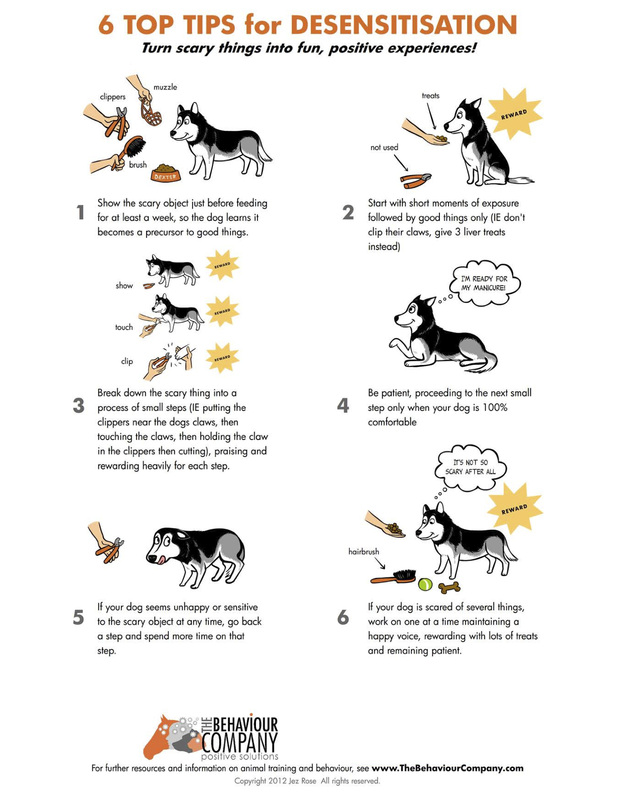






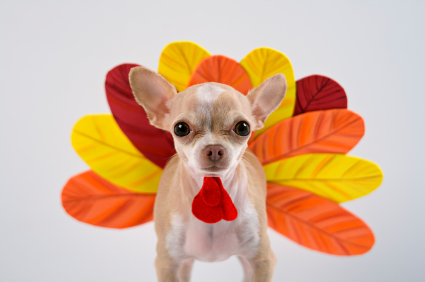


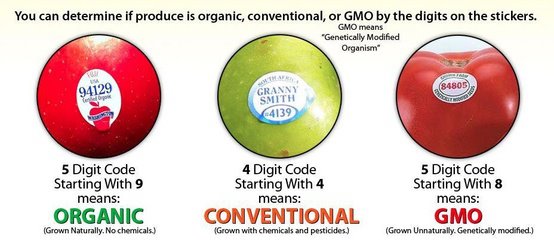
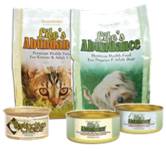



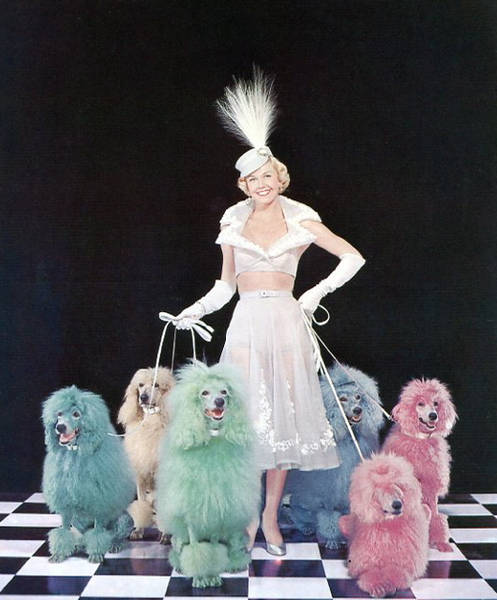







 RSS Feed
RSS Feed




